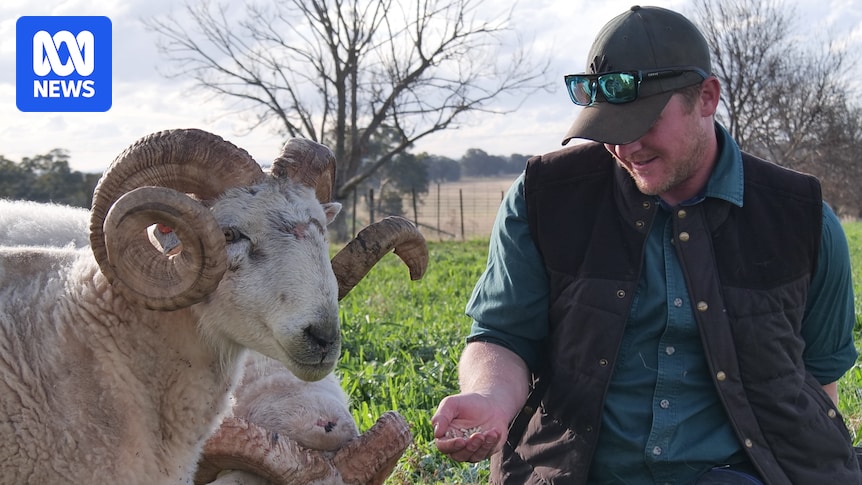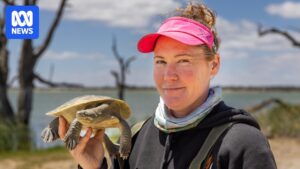
Producers in Australia are pioneering efforts to breed “low-maintenance” sheep as the agricultural sector faces a labor shortage crisis. In central west New South Wales, Wattamondara farmer Leo Tompkins is at the forefront, developing a “super breed” of sheep to address these challenges.
Tompkins, who has been struggling to find shearers and laborers, is working on creating a sheep breed that requires minimal input while maximizing productivity and profitability. “What we’re trying to do is create a sheep that’s a low-input sheep, or a low-maintenance sheep, that is going to be as productive or more productive and more profitable than other competing breeds at the moment,” he explained.
Breeding for the Future
Tompkins began his breeding program with the Wiltshire horn breed, known for its shedding coat that eliminates the need for shearing. “What we’re finding is that many shedding breeds, because they are in their infancy in the industry, they haven’t really achieved those production goals to compete with other wool sheep at the moment … like your Poll Dorsets or your white Suffolks,” he noted.
In his quest for the ideal breed, Tompkins has also incorporated Persian, Damara, East Friesian, and Finnsheep breeds, which are recognized for their high fertility rates and lack of tails, thus negating the need for mulesing. “There are a lot of other producers doing really great work … we just want to work in conjunction and collaboration with those breeders and producers and to produce and to create something that will complement what’s already there,” he added.
Challenges in the Agricultural Sector
The Australian Bureau of Statistics reports that the number of farmers across the country has decreased by more than 22 percent since 2006. Rising input costs, heavy workloads, and challenging seasonal conditions have exacerbated the difficulties faced by the agricultural sector, as highlighted by the NSW Farmers Association.
Tompkins hopes that his new sheep breeds will alleviate some of these pressures. “We found more people wanting self-reliance, self-sufficiency, and producers out west wanting just a lower-input sheep because they couldn’t find the labor to shear them, to do other contracting roles that they needed to do,” he said.
Industry Trends and Innovations
Targeted breeding has gained traction in the livestock industry. According to Peta Bradley, Meat and Livestock Australia’s sheep genetics operations manager, there is a growing interest in composite breeding. “We are certainly seeing a lot of interest in new traits, like shedding, starting to do some preliminary work to develop breeding values around tail length as well, so breeding sheep with shorter tails,” she stated.
“Those really easy care traits are becoming more important in … breeding programs and as a result we’re working with the scientists to try and develop breeding values. For the first time, all our industry indexes now include an emphasis on … shrinkles [skin wrinkles] … breeding to alleviate the need for surgical procedures like mulesing,” Bradley said.
Sheep Producers Australia data indicates a significant shift in breeding practices, with the proportion of merino breeding ewes joined to merino rams falling below 50 percent for the first time in 2022. Chief executive Bonnie Skinner noted the rising popularity of shedding varieties such as Aussie whites and ultra whites. “The discussions that we have with producers are around, ‘What is the best fit-for-purpose animal for my area and my personal circumstances that is going to help me have a profitable business?'” she remarked.
Implications and the Road Ahead
The efforts by Tompkins and other breeders represent a significant shift in the sheep farming industry, aiming to address labor shortages and improve profitability through innovative breeding techniques. As these new breeds become more established, they hold the potential to transform the landscape of Australian agriculture, making it more sustainable and efficient.
Looking forward, the success of these breeding programs could inspire further research and collaboration among farmers and scientists, ultimately leading to a more resilient agricultural sector. The journey towards creating low-maintenance, high-productivity sheep is a testament to the adaptability and ingenuity of Australian farmers in the face of evolving challenges.






